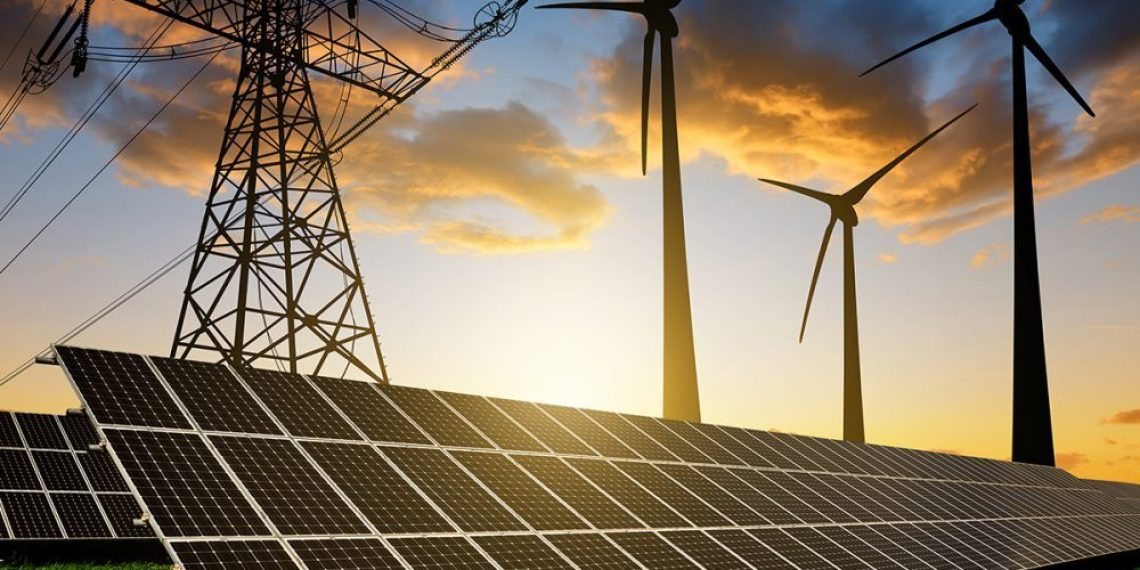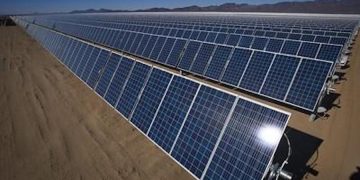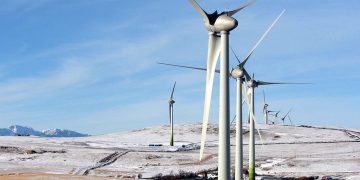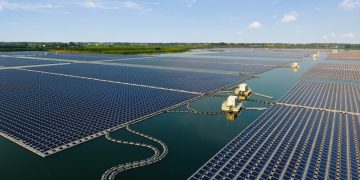Asia accounts for ~50% of global renewable energy investments, making it a bigger market than US or Europe. What are those markets like? Who’s investing there? Though the continent is vast and every country its own markets, this article offers a bird’s eye view of the Asian renewable market.
Market size & Breakdown
Though late to the game, Asia (and Pacific) have quickly ramped up to represent 50% of the global renewable energy market.

China tops the trend with ~80 bln USD invested over 2019, surpassing the US’ 55 bln. Next is Japan with 16.5 bln USD, followed by India with 9 bln USD and Vietnam (5.5 bln).
Drivers
There are three drivers behind the renewable market in Asia
- Environmental is only a driver in East Asia (Japan, Korea, China, Taiwan). Richer and industrialized, these countries are eager to replace coal (China), nuclear (Taiwan) and LNG (Korea, Japan) with a cleaner form
- Commercial new capacity: solar being simply the cheapest form of energy, especially with tropical irradiation, drives the investments in South and South-East Asia. With a fast increase in energy consumption of 5-10% per year, renewables are the most logical choice. This is mostly new capacity, meaning there is no challenge in retiring existing capacity
- Geopolitical: Though coal would be a logical baseload choice for such new capacity, an energy system built on coal requires vast logistic infrastructure to get the coal to the powerplant and leads to high dependency on coal exporting countries
Opportunities
Asia offers great opportunities in solar, we particularly see the following:
- C&I potential: Most of the solar capacity installed is utility. C&I solar, though well established in Thailand, is a very nascent segment in most countries
- Diesel replacement economics: many businesses run on diesel and some parts of grids still run on oil. Indonesia alone has ~3 GW of diesel engines operational and many more GW of generators at plantations, remote towns, and mining. Replacing expensive diesel offers very short pay-backs
- Attractive FiT: Feed-in tariffs can be generous, with 9cts USD in Vietnam to a whopping 50cts USD in Hong Kong
- Double-digit IRR: In general, project returns tend to be high; single-digit project IRRs are not acceptable to most investors
Investment challenges
With double digit IRRs, what’s the catch?
Though every country has its challenges, there are a few common investment challenges (we will not focus on other areas).
- Permitting speed: the speed of signing the right contracts and acquiring permits can be highly variable and long, making it hard to plan the project
- Limited debt: local debt markets are underdeveloped and even USD debt is often hard to arrange. Many investors carry a project on full equity and only refinance post-COD
- Developer standards: many developers are relatively small local companies. Though technically capable, they might not be able to bring the level of documentation, governance, that an investor requires
- Limited capital markets: developers and investors often struggle to find each other; developers are based in remote areas whereas investors are concentrated across borders in financial hubs such as Singapore or Hong Kong
About the author
Vincent Bakker has worked in Asia’s energy industry for 8 years. After a career in Shell, he co-founded Positive Energy. Positive Energy is Asia’s largest digital platform for infrastructure project investments. The platform matches developers with investors and helps them collaborate with standardized due diligence and integrated financial modeling. Founded in 2017 the platform hosts 600 mln USD of opportunities.









